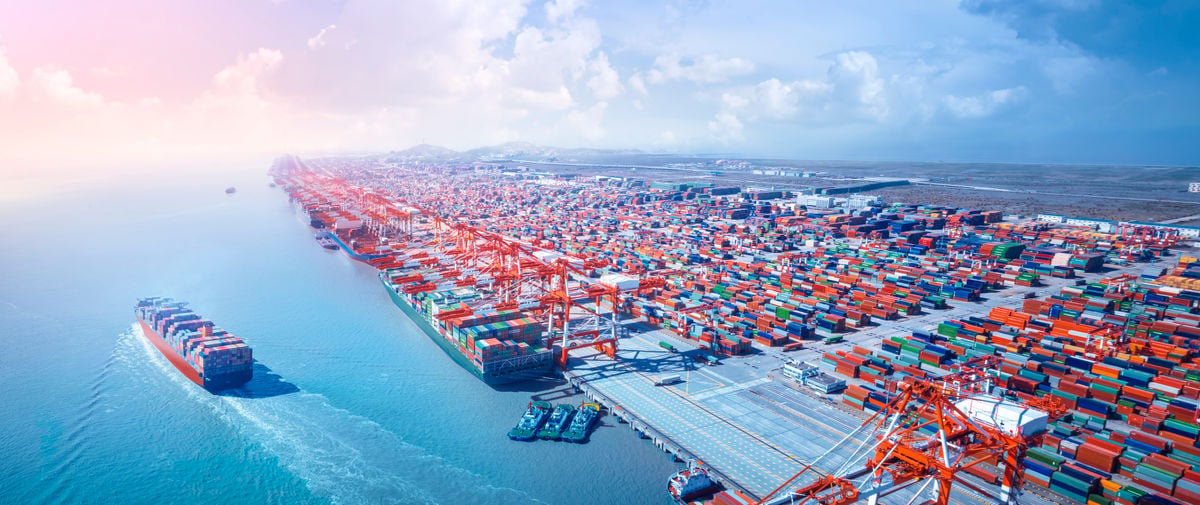Konecranes has been investing in developing Terminal Operating System software that supports interconnectivity and optimisation.
In an interview with WorldCargo News Wim Verdonck, Head of Product TOS at Port Solutions, Konecranes, discussed how the company has been developing its Autostore container terminal TOS over the last two years.
Konecranes acquired the Autostore TOS when it purchased Terex Material Handling and Port Solutions in 2017. Autostore is used by a variety of small and mid-sized container and mixed/ general cargo terminals.
Verdonck said Konecranes believes the time has come to develop separate TOS products for large and automated terminals and for the small and mid-sized terminal market. In the past TOS suppliers have focused on developing one core TOS product that meets all market needs. Verdonck said this has resulted in software that is trying to be too flexible, and ultimately becomes overly complex and difficult to use.
Konecranes sees a distinction between terminals that run manual operations and value flexibility on the one side, and larger terminals, with or without automated equipment, that are focused on optimising their operation as far as possible. Rather than looking for a TOS that can capture and accommodate every operational variation, these terminals are looking to standardise data, processes and workflows as far as possible.
Verdonck said Konecranes is not ready to go into too many details at this point but, at a high level, Konecranes is developing a “better structured” system that supports terminals that want to automate processes and/ or equipment. For automated terminals, some aspects of the equipment control system will be included in the core TOS.
New User Interface
A key part of this development is improving the ergonomics of the user interface (UI). Verdonck said Konecranes will be introducing a new UI, focused on features and functionality, matching the steps that the users in specific roles have to take in a clear and logical way without including too much information on the screen. The focus is on identifying where users need to make decisions and making that process as easy as possible.
Another area where Konecranes has put a lot of focus is improving interconnectivity with third party systems. The landscape here continues to evolve. “There are more and more small players entering the market with different concepts and we need to be open,” Verdonck said.
Whether it is a gate operating system or an application like remote reefer monitoring, Konecranes recognises that there are a number of systems terminal operators want to integrate with the TOS. Konecranes wants to make that process as simple, reliable and low-cost as possible.
One area where Konecranes is not seeing customers push for change is the wider market trend of accessing software remotely over the cloud.
Verdonck said this is not something Konecranes customers are asking for in general. There is some requirement to access software remotely to support centralised vessel planning, but for key applications and automation systems, the focus is very much on keeping these systems on site and highly secure, particularly in light of the new European Cyber Resilience Act, which came into effect in 2024.
AI and data
There is a lot of interest in how Artificial Intelligence can help improve terminal processes, and there are some “AI-enabled” TOS products, including optimisation modules, on the market today. Verdonck cautions that AI is not a panacea and there is a lot of hype in the market about what it can achieve.
While AI can clearly find patterns in data, on import dwell times or truck call times, Verdonck cautioned that “it is rather too soon” for many terminals to use such patterns to really optimise their operation. “If you really want to reach the benefits of AI you have to address the data,” he said.
Data quality is an issue right across the shipping industry. Shipping lines format and use data differently, and on the landside terminals provide different levels of data. Some terminals, for example, do not share data on the cargo consignor and consignee.
Verdonck makes the point that without addressing whether current planning and scheduling events are based on accurate data, there is a real risk AI will “start learning things incorrectly”.
This article was written by Paul Avery at World Cargo News and published in their June 2024 magazine edition.
